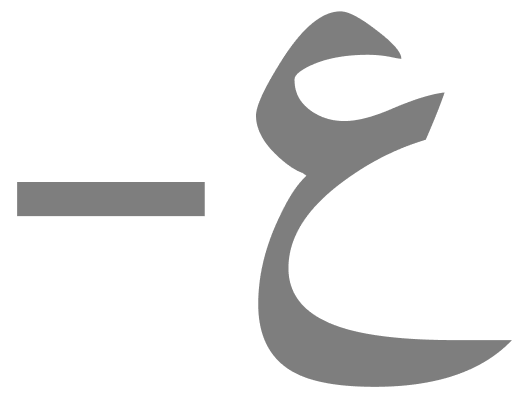The Human Fraternity Document: Five healthy years


Five years ago, on February 4, 2019, Abu Dhabi brought together the Sheikh of Al-Azhar, His Eminence the Grand Imam Dr. Ahmed Al-Tayeb, with Pope Francis, the Pope of the Catholic Church, and on that memorable day, the “Document of Human Fraternity” was signed, which calls for interfaith dialogue, coexistence, and tolerance in noble and necessary humanitarian principles. For people to coexist with each other, and most importantly, it is applicable, disseminated, and nurtured, meaning that it opens a wide path for reviewing, rebutting, and neutralizing extremist discourses, and building, disseminating, and consolidating discourses of tolerance.
With an Emirati proposal, and Saudi, Egyptian, and Bahraini support, the United Nations General Assembly unanimously adopted February 4th as the International Day of Human Fraternity. It is the culmination of an Emirati effort that continued for years before signing the document, and it was always betting on the tolerance of Islam and its own ability to build peace, spread goodness, and spread tolerance. Dialogue can be an alternative to conflict and fighting, and coexistence between religions is a noble and possible goal away from the calls for “bringing together” religions or sects, in which currents and symbols have worked hard, written books, and written theories, but have not led to anything. Because “approximation” is an unrealistic and impractical call, since it requires followers of religions or sects to change who they are in order to get closer to others, and this is not done by believers of every religion and sect, while “coexistence” is practical and possible, and “tolerance” enables everyone to agree on Great human commons.
The sacred texts in religions, by their nature, are always open to interpretation, and with the increase in human knowledge, humanities, and natural needs, people are always able to re-read, discover, and interpret. In Islam, major schools of belief, jurisprudence, and behavior have arisen, all of which were built on different and conflicting interpretive systems, and major debates and huge conflicts took place between them. Some of them have ended and some of them are continuing, and with the succession of centuries and the developments of science and people, all of this has developed.
Within each of the different interpretive systems there are multiple currents, some of which tend to be simplistic and some of which tend to be strict. There are those who rely on apparent literalism in reading the text, and there are those who open the interpretation wide until the language loses its meanings. And similar to what happened in Islam has happened in other major religions and philosophies. This is part of human nature, the development of the mind and the increase of knowledge.
There are many extremists in Islam, and in the Muslim heritage there are sects, trends and symbols that have extremist against each other, made each other infidels, and spread hatred and hatred among the Muslims themselves as well as others. Without a real clash with these old proposals, the construction of the new will remain weak, incoherent, firm and strong. This old extremism and extremism was added to by a new extremism in Islam with the emergence of political Islam groups eight decades ago, which necessitates a deep intellectual clash. Finally, intellectual debates are the task of intellectuals, thinkers, and researchers, not the task of governments and states.
*Saudi writer
#Human #Fraternity #Document #healthy #years
